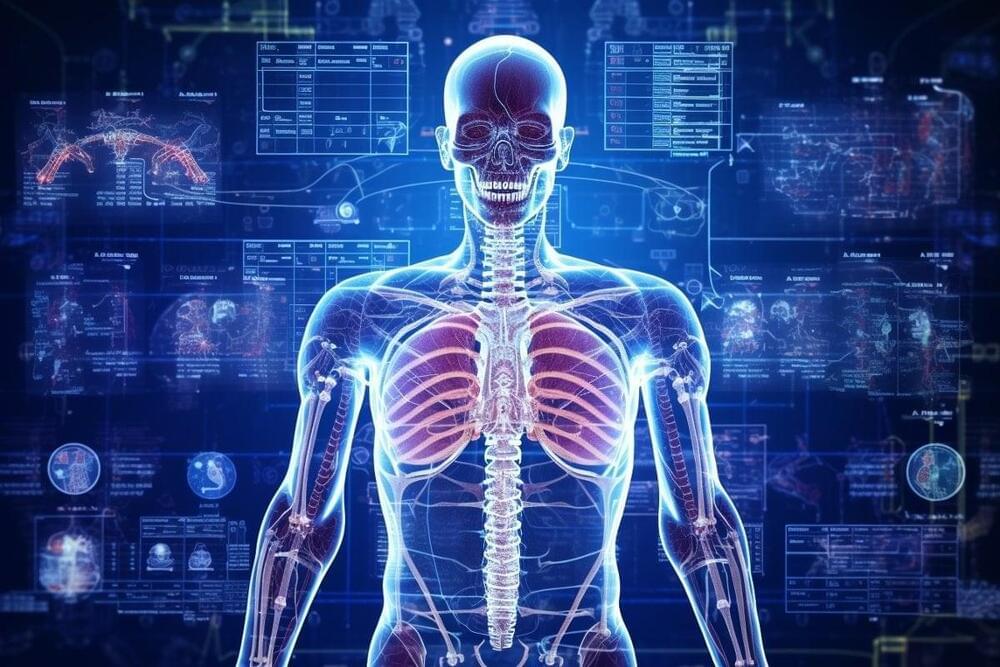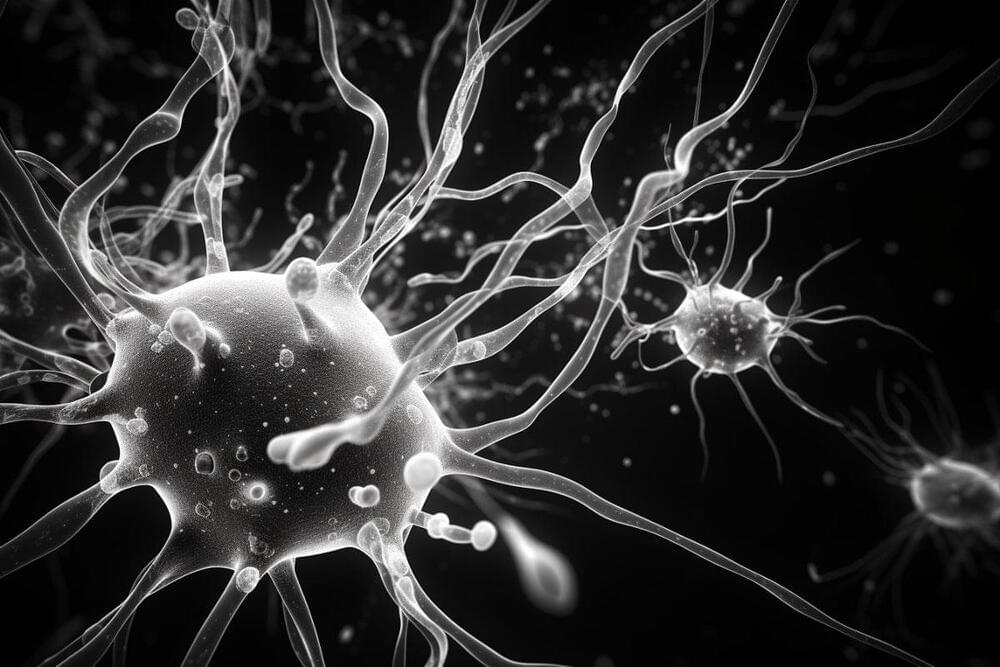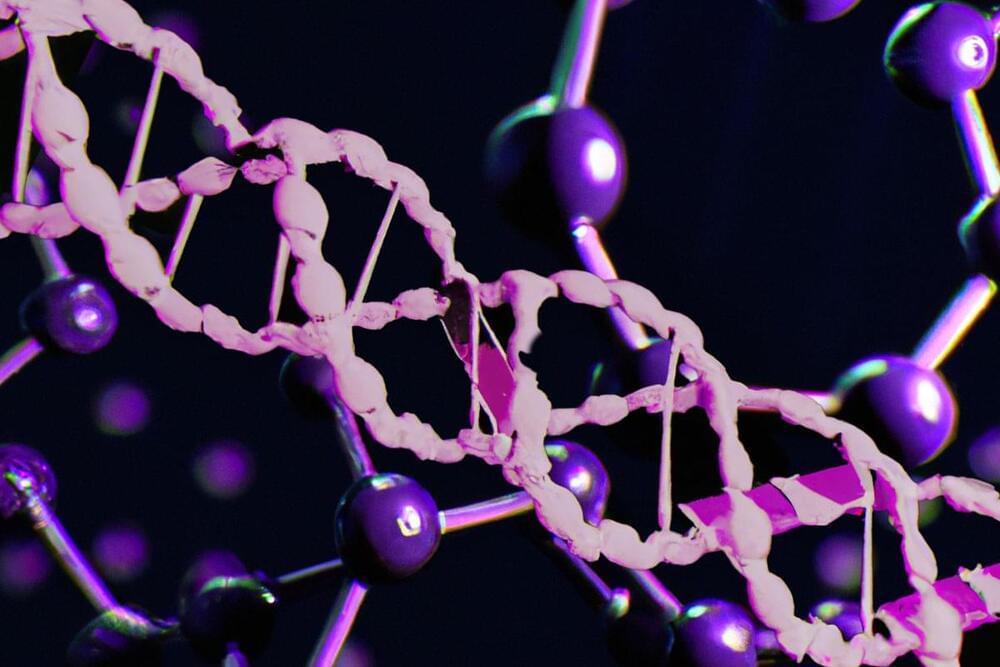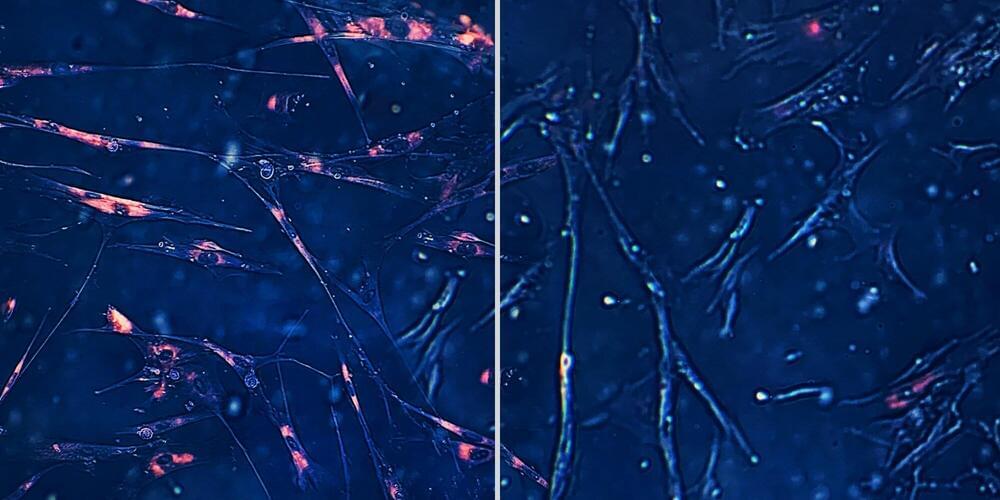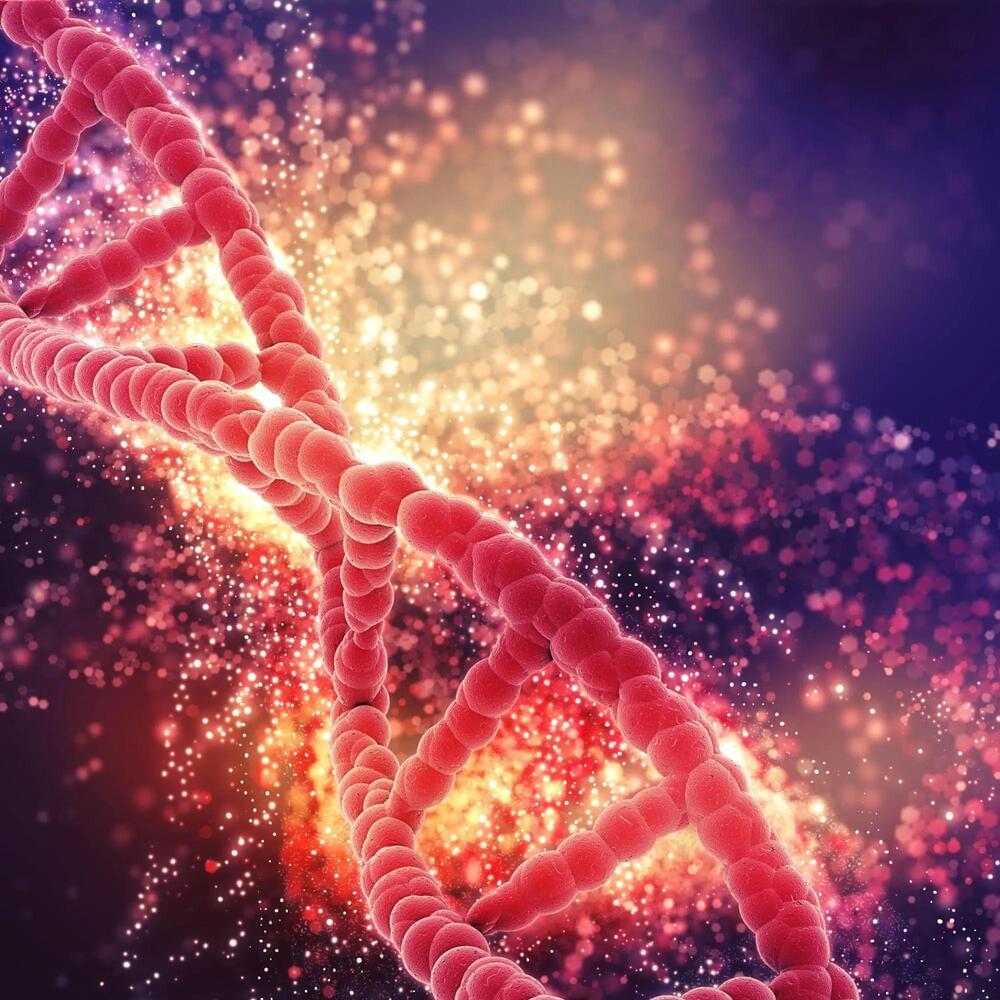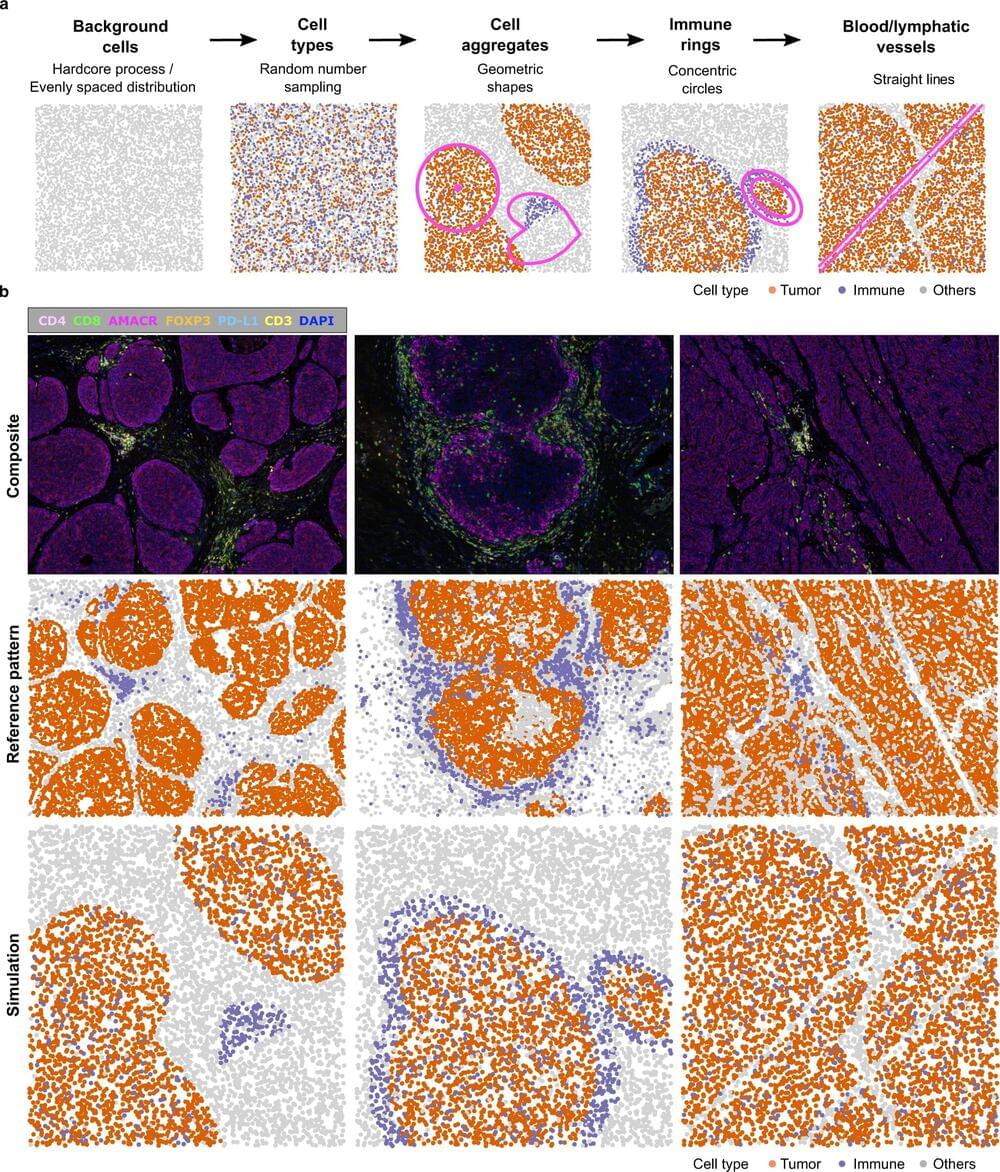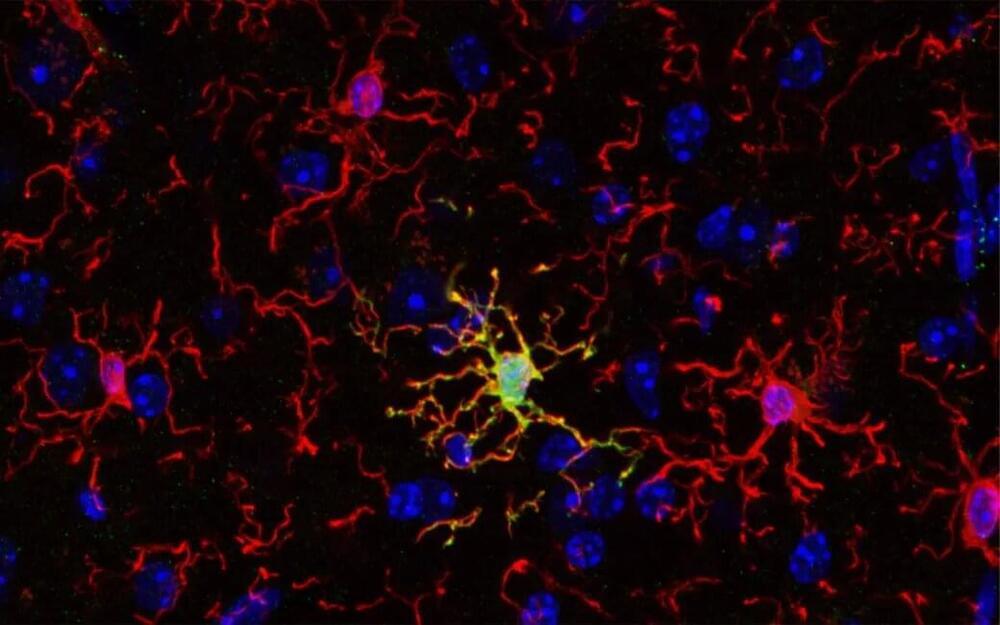May 16, 2023
AI Triumph: ChatGPT Passes Radiology Exams
Posted by Jose Ruben Rodriguez Fuentes in categories: biotech/medical, robotics/AI
Summary: ChatGPT has successfully passed a radiology board-style exam, demonstrating the potential of large language models in medical contexts. The study utilized 150 multiple-choice questions mimicking the style and difficulty of the Canadian Royal College and American Board of Radiology exams.
ChatGPT, based on the GPT-3.5 model, answered 69% of questions correctly, just under the passing grade of 70%. However, an updated version, GPT-4, managed to exceed the passing threshold with a score of 81%, showcasing significant improvements, particularly in higher-order thinking questions.
